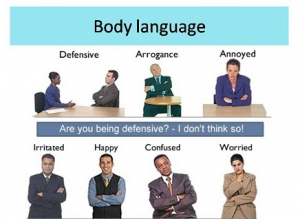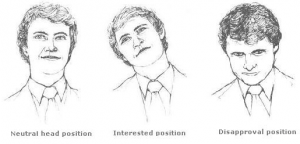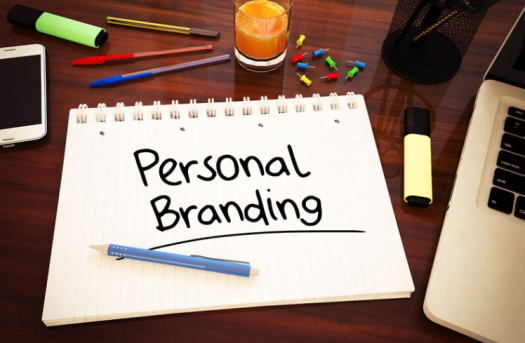Non verbal communication
A large part of my job is teaching others how to deliver an influential presentation. Speaking to the media or pitching to a client can be nerve wracking! Much of how we communicate is non verbal. Albert Mehreabian, a pioneer of body language in the 1950’s said that the total impact of a message is about 7 per cent verbal, 38 per cent vocal and 55 per cent non-verbal (Mehreabian, 1971). Research by Alex Todorov indicates that we make our initial judgments upon meeting someone within 100 milliseconds. We make judgments on a person’s attractiveness, likeability, trustworthiness, competence and aggressiveness. Once these impressions are formed they are likely to become ingrained (Todorov, 2011). A scary thought. That’s really quick!
One of the founding Communication scholar’s Edward T Hall, author of The Silent Language estimated that 60 per cent of communication is non verbal (Hall, 1959). Daniel Goleman, who coined the term “emotional intelligence”, suggests 90 per cent of communication is non verbal (Goleman, 1995).
If 60% per cent of our communication with others is non verbal we must consider how we are perceived. What is our body language? Do we look angry or bored? Do we have resting bitch face?! Queen Elizabeth has a resting bitch face (RBF). So does Victoria Beckham. What about her face at the royal wedding! Kanye West is among the male examples. All of them have been mocked by internet commenters for having a certain unintentional expression when their faces are not in motion — a look best described as vaguely annoyed, maybe a little judgy, perhaps slightly bored.
Hopefully we don’t all have RBF! Here are a few tips to consider when we are communicating with others and giving presentations.

Head position is important to appear and feel confident and self assured. Keep your head level. The straight head position is used when you want to be authoritative and be taken seriously. Be careful of tilting the head, especially when presenting. This is an option for listening but not presenting to an audience.
Hand gestures can portray a variety of messages. Palms slightly up and outward is seen as open and friendly. Palm down gestures are generally seen as dominant and possibly aggressive, especially when there is no movement or bending between the wrist and the forearm. These are really old-fashioned images but a laugh from the past! There is some truth in them.
The walk and the talk
The way you walk and talk is crucial to your personal brand. Your voice can have enormous personal brand power for you. But just like your look, there are aspects to your voice, for example tone that affect the way you are perceived. Improve your speech by reducing the number of um, urs and filler words such as “you know”, “I mean”, “basically” and “like”.
Filler words diminish the authority of your message and often creep in because you haven’t thought through what you’re saying. To convey a complex message in a simple and interesting way can take a lot of rehearsal. Prepare for meetings and other important discussions by writing down a few key points to become familiar with the message you want to get across.
Examine yourself and receive feedback on how you look, what your body language is saying, and how you are communicating to others. Do you have RBF? Do you come across as approachable, angry, abrupt, apologetic, tired or weak? Sometimes opinions from others may be a shock but it’s best to address your weaknesses if it’s destroying a positive personal brand.





